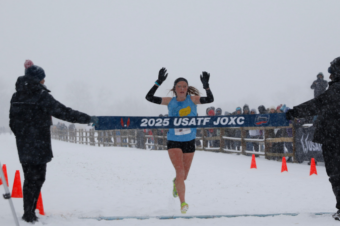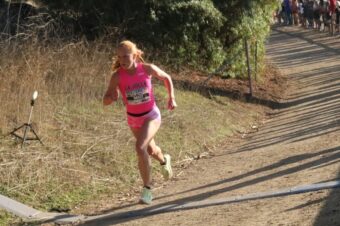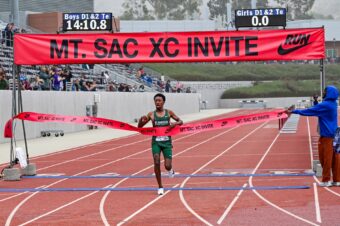TRAINING TIME: Heart Science
CalHiSports Insights September 5, 2014 SportStars 0
Heart Rate Variability measurements provide invaluable data for the training process.
TRAINING TIME : Tim Rudd for IYCA
Heart rate variability (HRV) has been getting a ton of press lately, and with good reason. Coaches and athletes all know that training, nutrition and recovery always has been, and always will be the defining factor in gaining an edge on the competition.
Who can train the hardest? Who can really dial in their nutrition? And who is recovering the fastest and most completely from training?
This is why trainers do what we do — to get the most out of our athletes’ bodies, to push their limits and test their boundaries.
One of the tools I’ve used with increasing frequency over the past two years with my clients, athletes and teams is HRV monitoring via Joel Jamieson’s Bio-Force HRV.
I want to give you a very brief synopsis of what HRV is and how it works. Then in my next column, I’ll provide you with how it relates to the athlete’s performance and how I use it to customize my programs and optimize my that performance.
Originally developed in the 1960’s as part of the Russian space program, the science of heart rate variability has since found broad application in cardiac medicine. In the last two decades, this technology has spread into the elite levels of strength, conditioning and athletic performance. Many elite athletes and teams from the NFL, NBA, MLB, MLS, MMA, and college sports have utilized this technology with great success.
HRV provides a glimpse into an athlete’s autonomic nervous system profile, the part of the nervous system that is highly responsive to life stressors, such as training, practice, poor sleep, etc. The autonomic nervous system works to mange this stress through the parasympathetic (rest and recovery) and the Sympathetic nervous system (flight or flight) for optimizing an athlete’s adaptability to stress.
Heart rate variability measurements accurately pinpoint an athlete’s location on the fatigue-recovery-super compensation curve. This data helps coaches to fine-tune training and recovery strategies to maximize fitness and minimize fatigue resulting in the highest level of physical preparation when it matters most — competition.
In the right hands, programming optimization through the science of heart rate variability can be the missing link in reaching new levels of performance.
Tim Rudd is an IYCA specialist in youth conditioning and owner of Fit2TheCore.
SportStars
SportStars Magazine: High School Sports Articles Online SportStars is your go-to source for the very best high school sports articles in California. Player and team profiles, game coverage, health and fitness tips and the largest Camps, Clinics & Combine resource for athletes. We're the story behind the stats.









No comments so far.
Be first to leave comment below.